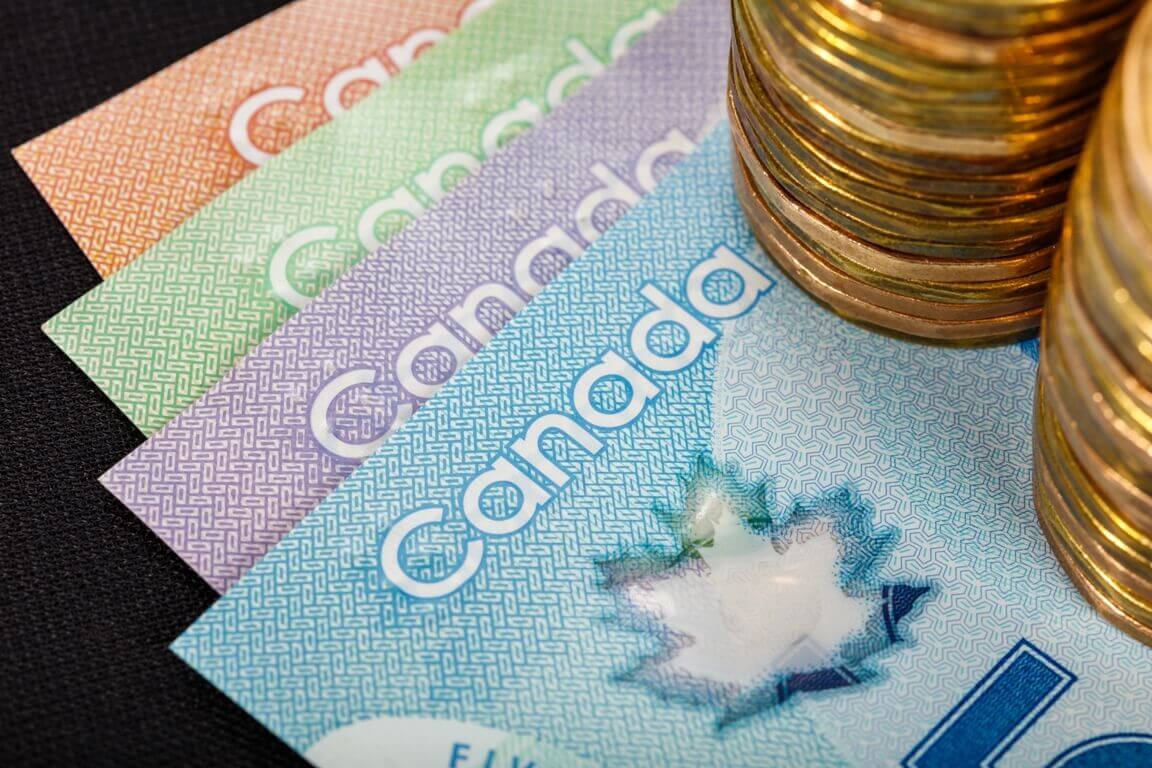The Australian dollar remained firm on Thursday after rallying in the previous session. Central bank policymakers buffeted forex trading as traders speculated about the Reserve Bank of Australia’s tightening plans. At the same time, the Japanese yen steadied as the Bank of Japan announced that it would keep its policy steady for now. Investors are now waiting for the European Central Bank’s rates review, which is due later today, looking to clues on how the ECB plans to navigate accelerating global inflation.
The Aussie dollar exchanged hands at $0.7504, remaining near its three-month high as Australian bond yields skyrocketed to their highest since 2019 as the central bank decided not to buy a government bond in the middle of its stimulus program, even though yields stood well above its target of 0.1%. The Reserve Bank of Australia claims that the 0.1% cash rate won’t rise until 2024. However, any failure to maintain it will cause market bets that rates will have to rise much earlier, likely even by mid-2022.
The Australian dollar briefly struggled, declining by 0.48% after RBA Deputy Governor Guy Debelle announced that the bank was aiming to get more inflation, just not much more. Still, the currency soon recovered these losses.
Kim Mundy, the senior economist and currency strategist at Commonwealth Bank of Australia, stated that interest rate differentials drive major currencies for the first time in what has felt for a long time. At the same time, central banks telegraph where they stand in their normalization cycles.
How did the U.S. currency fare?
On Thursday, the U.S. dollar tumbled down by 0.16% against the Japanese yen to 113.63. Despite that, it remains near its four years high of 114.69 reached on October 20. The BOJ didn’t change its monetary policy settings on Thursday, as traders widely expected.
Moreover, the Japanese central bank cut its consumer inflation forecast for the year. The BOJ ended it in March 2022 to 0% from 0.6%. The overall takeaway reinforced traders’ beliefs that other central banks will lag in dialing back Covid-19 induced policies.
In Europe, the euro traded slightly changed at $1.1606 ahead of the ECB meeting. It was a little above its 15-month low of $1.1523 reached earlier this month. Market players are waiting to see ECB’s stance on soaring global consumer prices, hoping for any clarity on the outlook for the bank’s ultra-easy policy stance. Even though the bank plans to announce its critical decisions about emergency stimulus at its December meeting, growing rate-hike expectations have investors looking for any hints from Thursday’s meeting.
ING analysts stated that ECB President Christine Lagarde would likely have to use all her diplomatic skills to moderate the diverging views of doves and hawks within the Governing Council on Thursday. They also added that there might be a neutral message which would ultimately defy some of the Forex market’s hawkish expectations. The British pound also changed insignificantly at $1.3745 on Thursday.
What about the Canadian dollar?
The U.S. dollar plummeted down against the Canadian dollar. It exchanged hands at $C1.2370 at last. On Wednesday, the Bank of Canada signaled that it could hike interest rates as soon as April 2022. The bank also noted that inflation would stay above target through much of next year due to supply bottlenecks and higher energy prices. The Canadian dollar soared due to this news.
Meanwhile, most EM currencies traded in the tight ranges against a steady U.S. dollar. The Turkish lira declined by 0.7% after a three-day relief rally, though. The Turkish central bank increased inflation targets for the next three years. The 2021 year-end inflation forecast is now set at 18.4%, higher than an earlier forecast of 14.1%.
Tatha Ghose, an EM and FX analyst at Commerzbank, noted that the argument that high inflation is transitory might be true elsewhere but not in Turkey. The country has experienced high inflation for over a decade.
South Africa’s rand remained flat. On Wednesday, state power utility Eskom increased scheduled power cuts due to further breakdowns at its coal-fired power stations. This news weighed on the rand.











